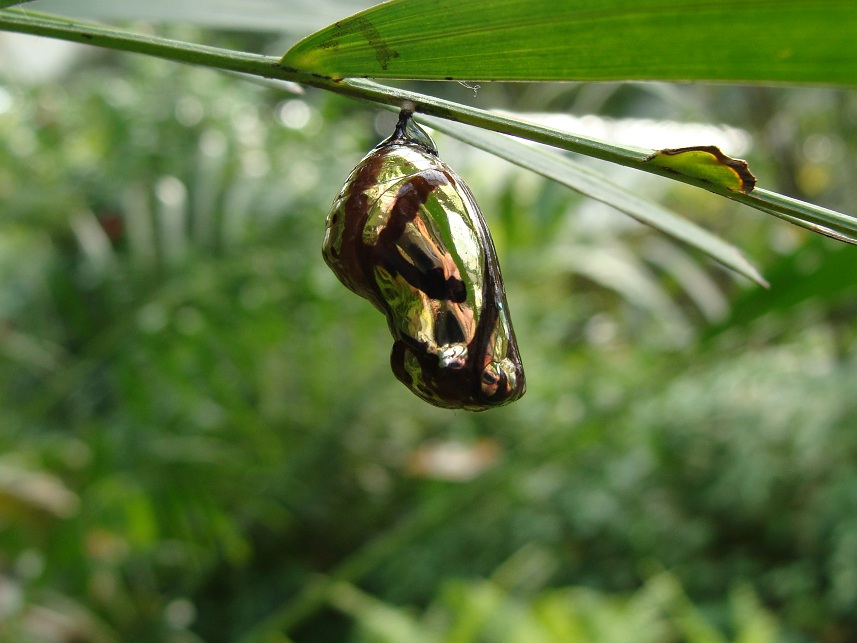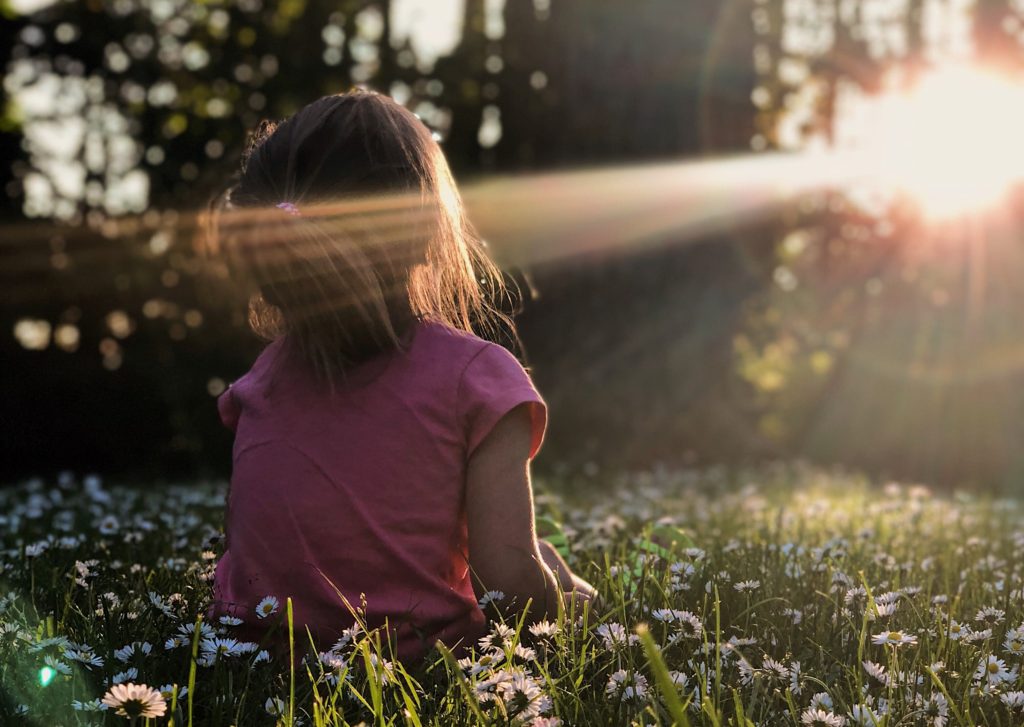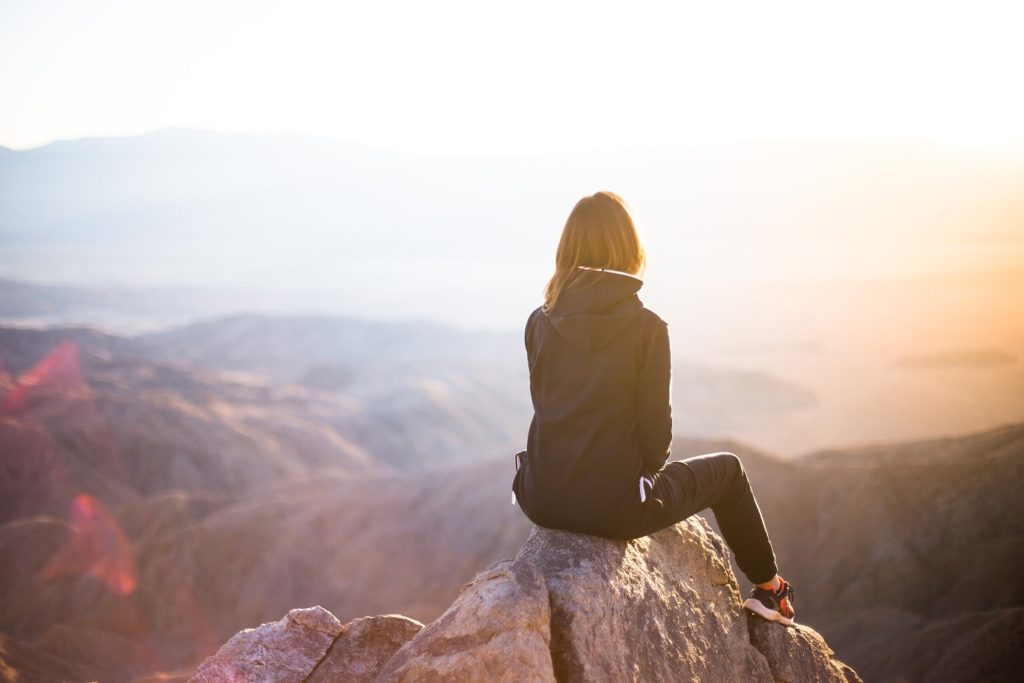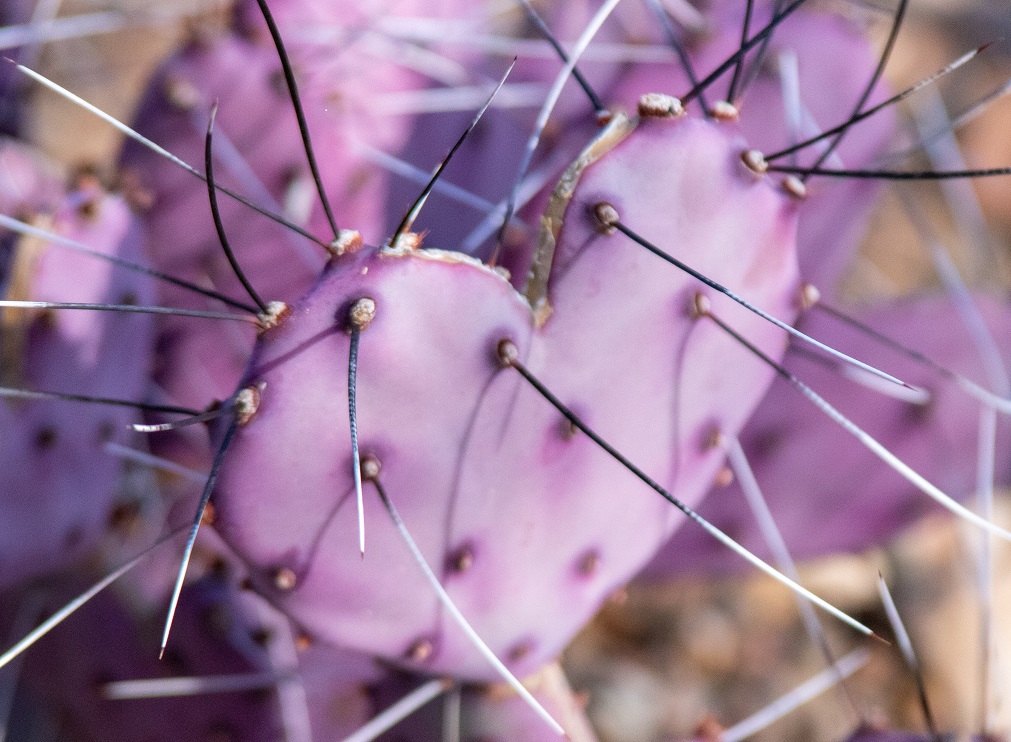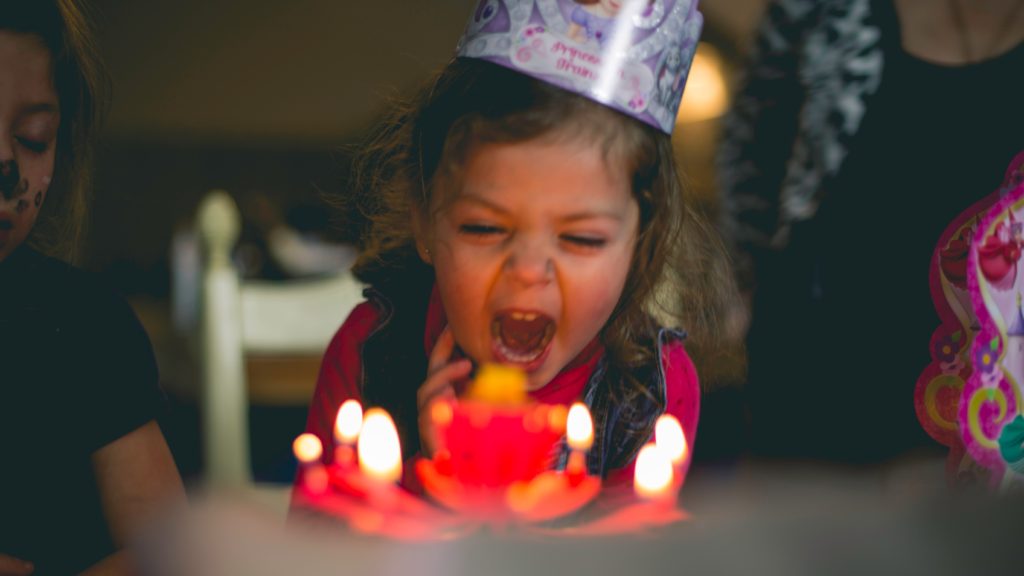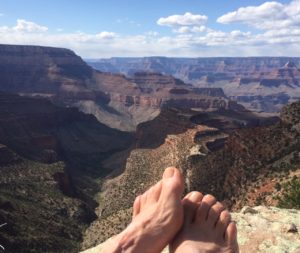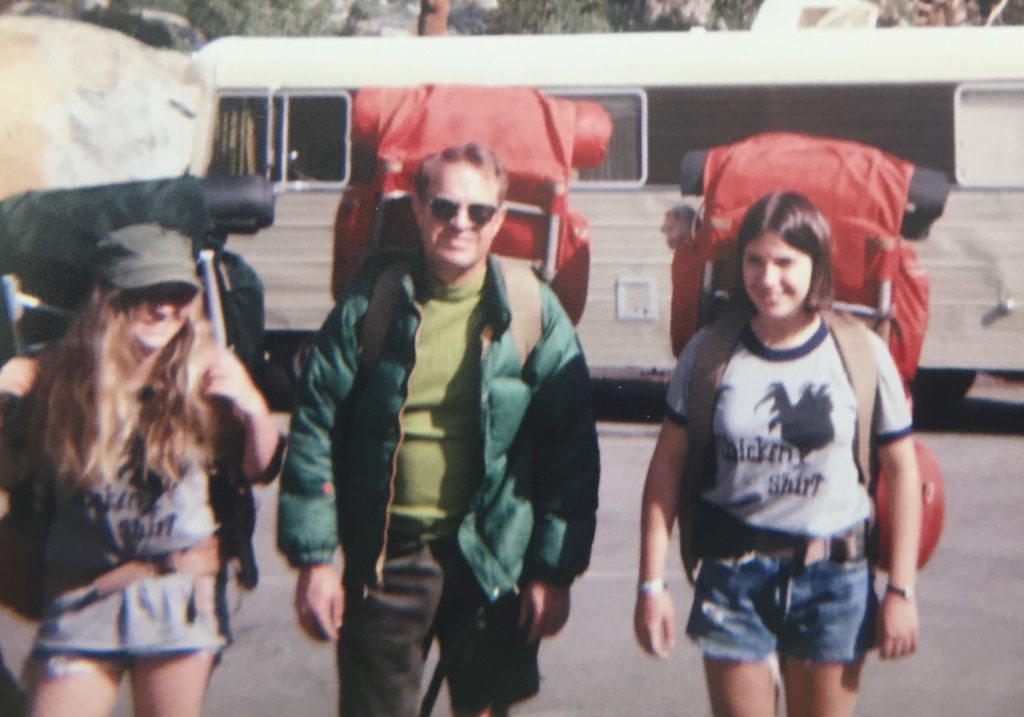This week’s newsletter is the “to be continued” from last week’s story about my dad’s accidental death, my grief, and our Grand Canyon pilgrimage. (You can read last week’s newsletter here. Thank you for your many responses and well-wishes!)
Friends, I did not get to sit with my brother where he deposited my dad’s ashes 41 years ago. Here’s why. The road out to South Bass trailhead goes through the Havasupai Indian Reservation. The Havasu, like many Tribes, have been decimated by COVID and have closed all access. When we arrived at the boundary between the Park and the Reservation, we found a locked gate. My brother, who’s not in the best of health, and my sister-in-law stayed behind while Jed and I resorted to Plan B – a short hike down the Grandview trail, a trail I hiked many times in my youth with my dad.
I thought I was going to the Canyon to be with my dad and say good-bye. It turns out the Canyon was calling me home to myself.
I hiked in the Canyon (no one native to northern Arizona calls it the “Grand Canyon”) with my dad at least two or three times a year throughout my teens. As I remember, those hikes were long, hot, dusty, and beautiful, but not hard.
Outside the Canyon, my teenage years were hard. My parents divorced when I was twelve, which meant the loss of more than a family. My mom then married a man who consistently and intentionally violated my body’s boundaries and was emotionally abusive to me. My alcoholic dad also remarried, three more times.
But I was still okay. I handled the bad shit by putting it in a bubble and ignoring it. I was resilient. I had good friends. I was simply waiting out the crazy around me, waiting for my chance to live my own life. I still mostly knew who I was and what I wanted.
My dad’s sudden, random death changed that. It was the final straw. I finally lost track of myself that day. I see, in retrospect, that his death destroyed my childish faith in a benevolent Universe.
I began to seek safety above all else.
I’m not alone in seeking safety. Many of my clients strive for safety. They yearn for something different and deeper in their lives. For new countries and old dreams. But they’re smart. They know that renewing their commitment to their lives and their priorities, reclaiming the fierceness and passion they felt as girls and young women, requires change. And change isn’t safe. Telling the truth to themselves and their partners, asking for what they want, will potentially blow their current lives up.
Here’s what I comprehended sitting 1000 feet below the South Rim of the Grand Canyon: I am still that girl who knew who she was. I am still the strong, capable, smart, resilient girl who loved the rocks and the trees and the birds. That’s true.
And two of the ways I’ve defined myself, as the victim of both sexual abuse and cosmic father robbery, are lies. They’re NOT true, and believing them causes suffering.
Yes, those things happened. They happened to me. I did not choose them. I did not control them. And, although I didn’t know it, what I’ve made them mean all these decades was actually within my control and power. What I choose to make them mean going forward is my decision and mine alone.
It turns out this trip was about facing and deconstructing wispy identities that aren’t solid enough to sustain me, and that obscure my integrity.
The Grand Canyon is solid. I was solid. I’m still solid. There’s bedrock in me, as solid and reliable as the Vishnu Schist, the Redwall, the Coconino Sandstone.
But my never-ending search for safety dammed my flow as surely as Glen Canyon Dam has turned the roiling, muddy, floody Colorado into a placid, useful river.
We’re taught to look for safety outside ourselves. Especially as women living in a patriarchy, we’re taught that following the rules and submitting to masculine culture’s expectations will keep us safe.
And then there’s religion. I think traditional religion’s biggest promise is the promise of safety: God has a plan, and It’s all in His hands. Here are the rules that will keep you safe. If you follow the rules, you’ll go to heaven when you die. Etc., etc., etc. (If that’s working for you, rock on!)
But here’s the thing: looking for safety outside ourselves will never work. The world is not safe. We live in time-limited flesh and blood bodies that hit trees, get cancer, or die in a myriad of other ways. If we’re lucky, we finally just wear out. Bad shit happens. All the damn time.
Safety is a feeling, not a fact. Feelings are created by our thoughts. So the only way to feel safe is to think thoughts that create that feeling.
I’m not talking about denial or positive thinking. I’m talking about healing your foundational worldview and seeing the world and yourself differently. I’m talking about Intentionally choosing thoughts that create an authentic feeling of safety. Thoughts rooted in a worldview that makes sense to you, that you actually believe in.
As I sat in my body on a rock below the rim of the Canyon, the same body that last traveled this trail forty-two years ago, I remembered what I used to know: I am strong. I am resilient. I am creative. I can fucking handle anything.
These thoughts are rooted in my deep belief that the world is holy. My body is made of this incredibly beautiful world and will return to it when I die, therefore I’m holy, too.
These thoughts are rooted in my grown-up understanding that to be alive is to change, and change is holy, too.
These thoughts are rooted in my experience. I have handled so much pain, been swaddled in so much joy, and reveled in so much beauty in these sixty plus years. I’ve loved and been loved so deeply. I’ll bet you have, too.
I have grown-up faith in this sustaining, incredibly generous universe.
Want to explore your bedrock, your dams, and your dreams? Reach out here to schedule a free no-obligation conversation. I’d love to connect.
My newsletter is where I share my latest news: coaching offerings, pop-up workshops, guest posts, etc. You can subscribe here.
Photo credit: Barb Morris, 16 April 2021.
